[ad_1]
Tomatoes are one in every of many vital frequent greens for dwelling gardeners to develop. There are many various types of tomatoes and whereas most can develop merely high-quality by themselves all through the yard, many tomatoes do significantly larger when planted with a selected type of neighboring plant. This course of is called companion planting.
Tomatoes have many good companions all through the yard that may assist with pollination, fruit manufacturing, and even style. Nonetheless with the great furthermore comes the damaging.
Plenty of sorts of vegetation ought to in no way be planted close to your tomatoes. Planting with poor companion vegetation will improve the prospect of pest infestation, diseases, and nutrient rivals. Let’s take a deeper try the vegetation it is important to attempt to keep away from planting close to your tomatoes this season.
How Companion Planting Works
Moreover referred to as intercropping or interplanting, companion planting companions vegetation collectively which will have useful outcomes on each other.
Traditionally, companion planting was based mostly completely fully on folklore and trial and error, with little information of which vegetation are scientifically acceptable or incompatible. There’s masses to be stated about merely understanding what works and what doesn’t based mostly completely on remark.
Nonetheless, we now have scientific sources to level out to, and related particulars about how and why express vegetation influence each other, which saves various time.
Ideally, companion planting supplies advantages for each, or all vegetation concerned. Crops which can be mutually useful to not less than one one different are the best companions, though there are events when a decorative plant could very nicely be positioned with edibles to no benefit of its non-public, furthermore that it will improve pollination for the edibles.
The video beneath explains a bit extra concerning the science behind companion vegetation.
Now that you’ve got a bigger understanding of how companion planting works and the science behind it, let’s check out just some of the vegetation it is important to keep away from planting close to your tomatoes!
Broccoli
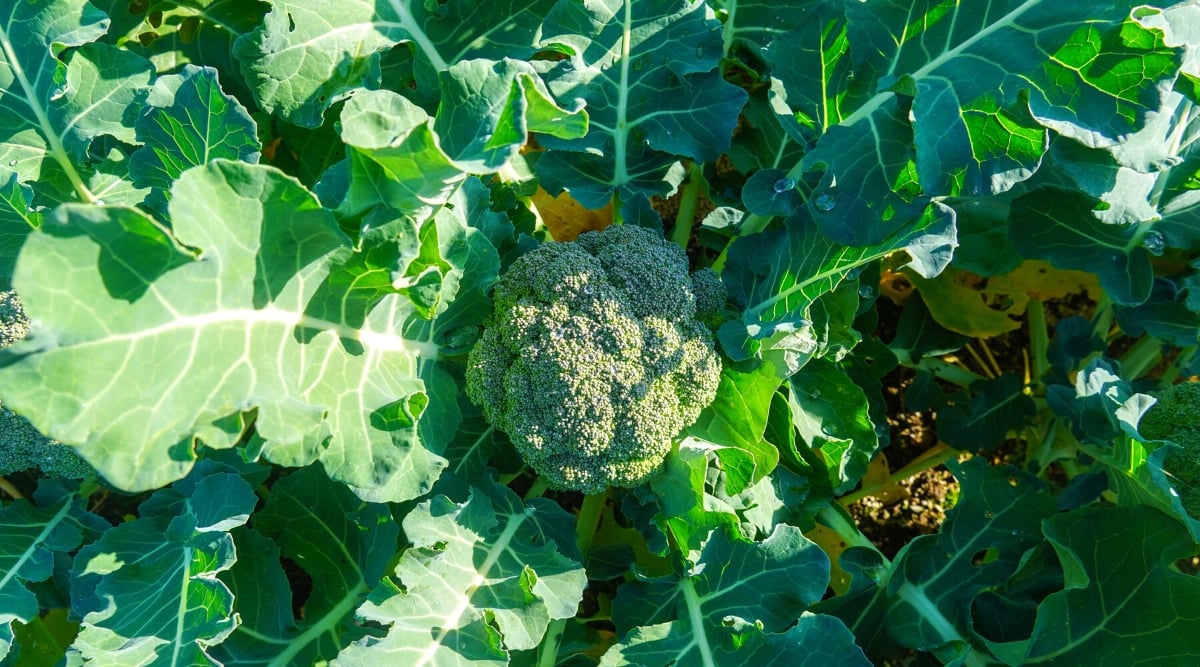

This pairing has a much bigger damaging have an effect on on broccoli than in your tomatoes, nonetheless it’s nonetheless good to know for people who plan to plant each of those veggies.
Broccoli and tomatoes are each heavy feeders, and whereas tomatoes would possibly come out on prime on this rivals, it will possibly in all probability be elevated for each, in the long term, to deal with them separated.
Brassicas (of which broccoli is a member) and nightshades (tomato matches into this group) usually don’t thrive collectively. They each require various dietary nutritional vitamins and will compete, leaving one or each crops wanting and tasting subpar. For finest outcomes, give these two greens not less than 3 toes of house from each other.
For those who occur to wish to make it straightforward in your self, choose a completely fully fully completely different plant to pair with broccoli all through the yard.
Brussels Sprouts
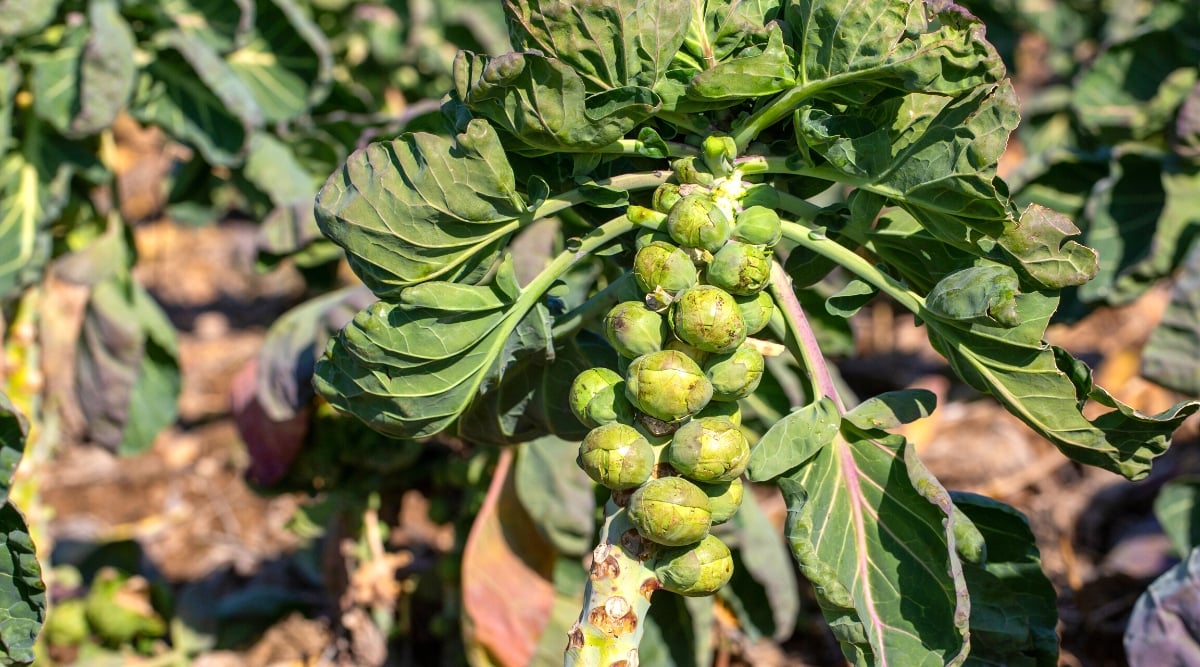

Brussels sprouts are brassicas as efficiently, so they aren’t acceptable with tomatoes. Tomatoes will bear from this union with stunted progress as brussels sprouts hog your full nitrogen all through the soil leaving tomatoes to languish on their leftovers.
To present tomatoes the best probability, preserve these two greens in separate beds. Each want full picture voltaic, a substantial amount of water, and nitrogen-heavy fertilizer.
Cabbage
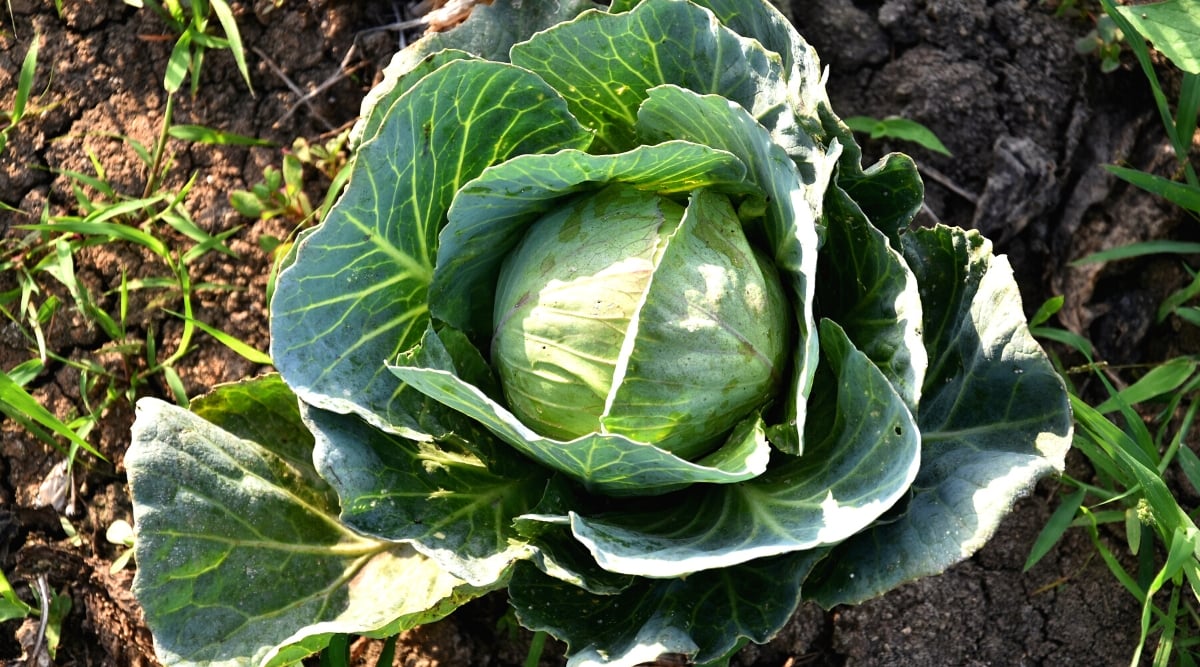

Cabbage is one completely different member of the brassica household of greens, which suggests they don’t combine with tomatoes and will inhibit the tomatoes’ progress. Cabbage and tomatoes collectively counsel small fruits and diminished yield.
Cabbages furthermore want various dietary nutritional vitamins. They’re heavy feeders, and so are tomatoes. On this relationship, the tomatoes hardly win the battle over dietary nutritional vitamins. These two merely don’t combine. Cabbage has an extended itemizing of good companions, in order that you may be elevated off selecting one completely different plant.
Cauliflower
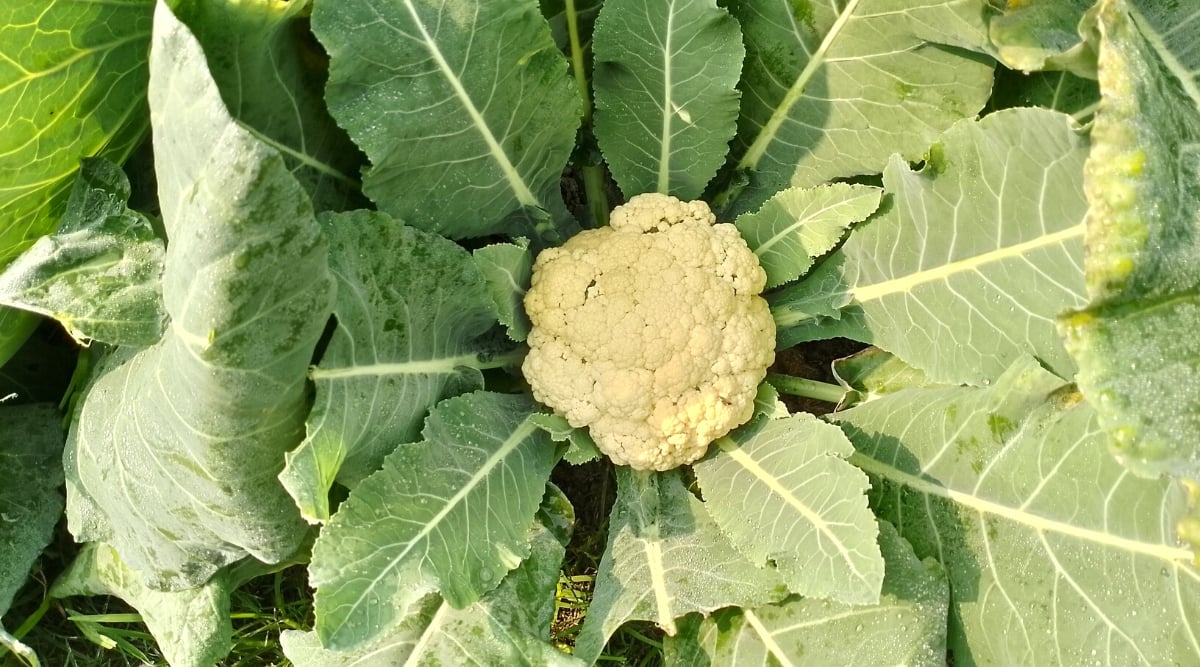

Tomatoes and cauliflower don’t make good neighbors as efficiently, and for a similar motive. Cauliflower is a brassica, and they also’ll compete for dietary nutritional vitamins, leaving each greens with lackluster manufacturing.
It is perhaps tempting to see if cauliflower helps hold all through the moisture to guard tomato roots, nonetheless the fact is that neither plant will income from this union.
Bigger to pair every plant with beans! Beans assist make nitrogen all through the soil extra available on the market to fully completely different vegetation and have a vining conduct, making this pair a superb house saver.
Corn
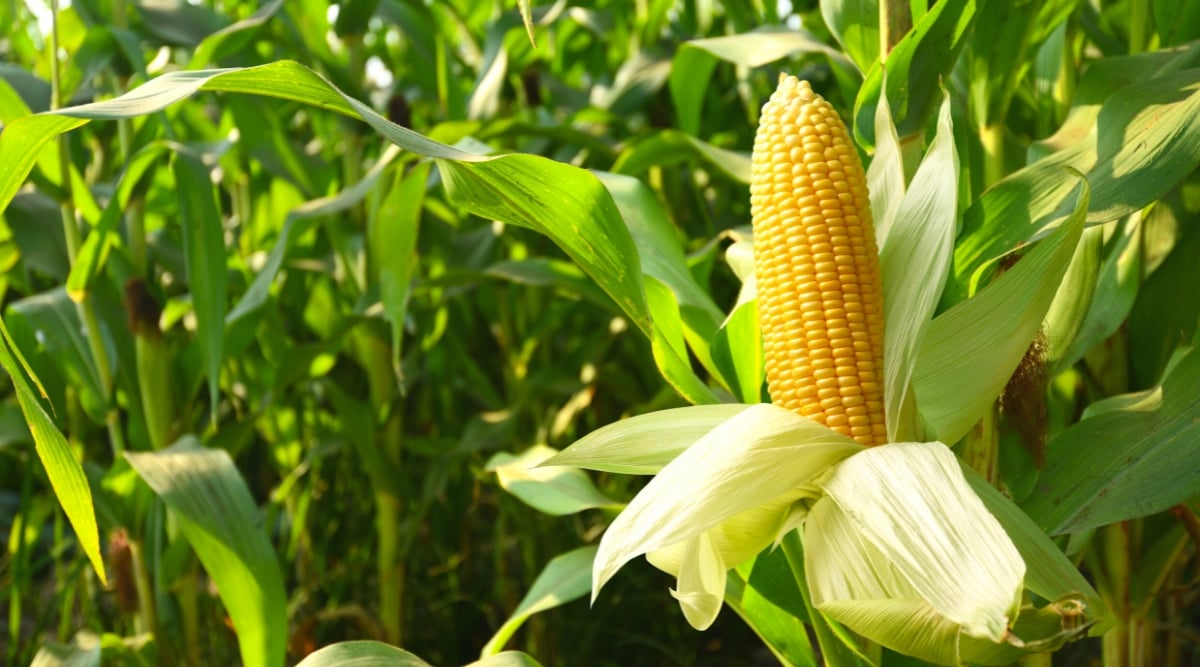

Tomatoes and corn are poor companions due to they share a extraordinarily harmful, frequent pest. Heliothus zea is the larvae of the corn earworm, a moth that goes by the scientific decide Helicoverpa zea.
This worm goes by one completely different frequent decide, Tomato Fruitworm. This pest notably assaults the fruit of the plant and will render each fruit they contact inedible.
On account of those vegetation share a typical pest that’s acknowledged to be terribly harmful, it’s best to plant them aside. As rapidly as a result of the pests swap in, they are going to haven’t any motive to depart if there is also a substantial amount of meals for his or her offspring and may find yourself decimating each crops.
Dill
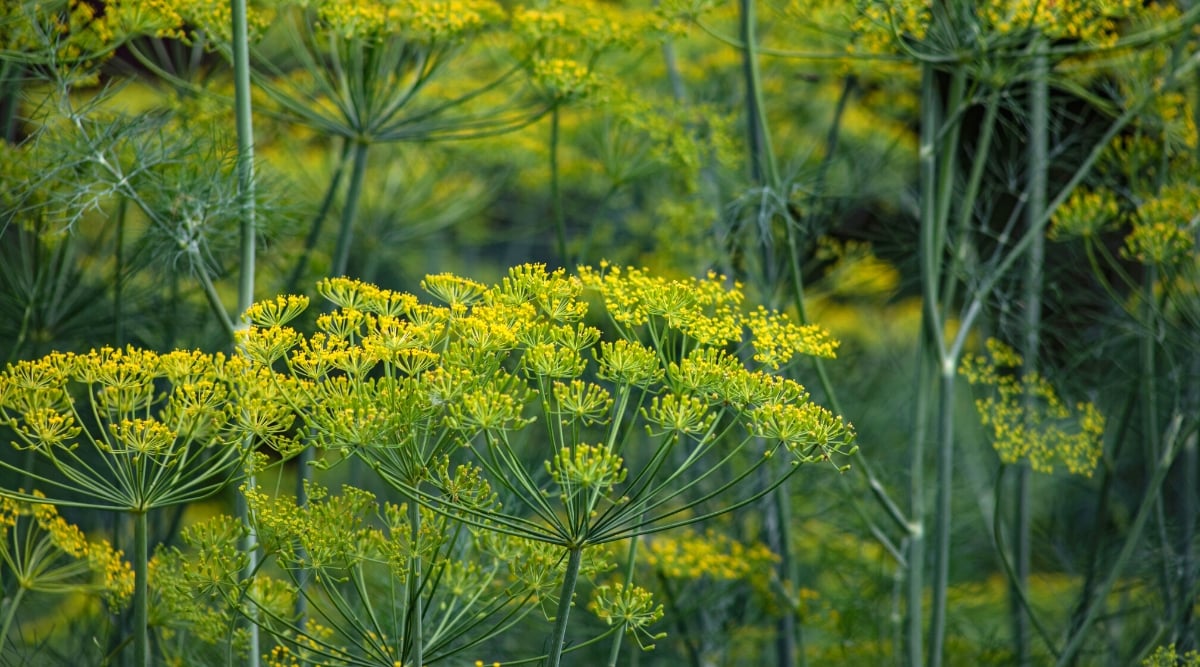

Most herbs develop very efficiently with tomatoes, nonetheless dill is an odd plant out in that class. When dill is youthful, it might more than likely have useful outcomes on tomatoes. For instance, aphids uncover dill to be a repellent, and this pairing would income tomatoes in which means.
Sadly, the pairing wouldn’t hold useful in the long run. As rapidly as dill blooms, it ceases to be a superb neighbor for tomatoes. When dill goes to seed, it should rob the soil of dietary nutritional vitamins that tomatoes want, stunting their progress and top of the range of fruit.
Eggplant
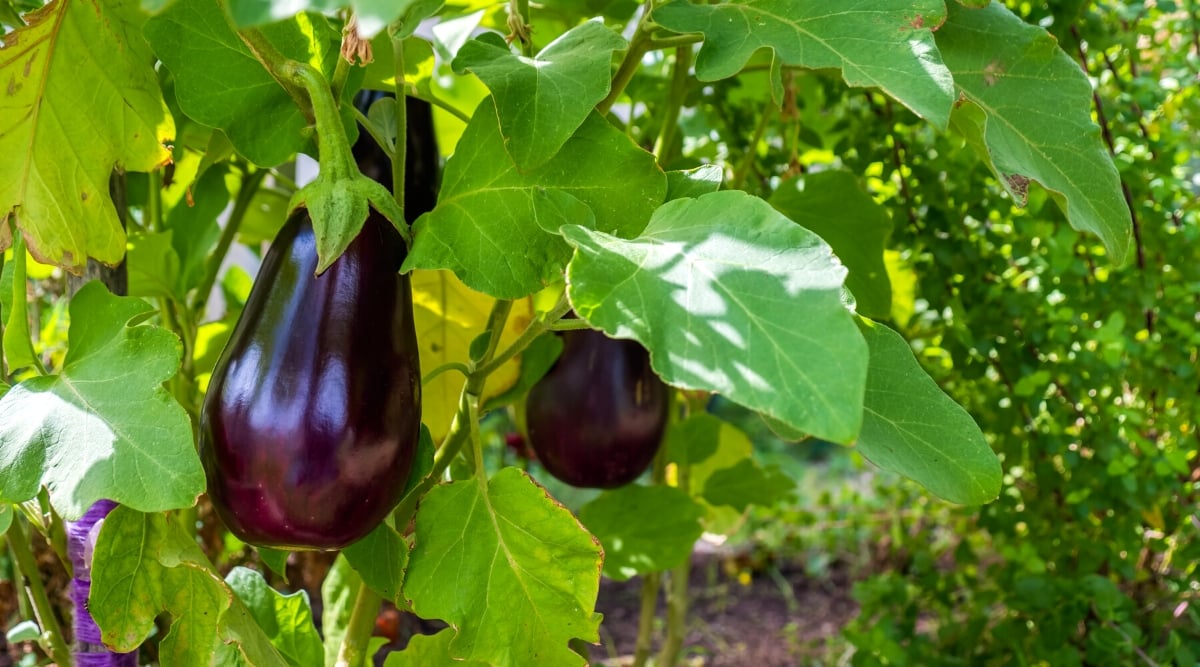

Eggplants and tomatoes ought to technically work efficiently collectively, as they’re each nightshades and have related needs. Nonetheless, they are going to compete for dietary nutritional vitamins, and tomatoes may not come out on prime.
Along with, tomatoes develop masses taller than eggplants, and eggplants don’t wish to be saved all through the shade.
Eggplants are notably vulnerable to blight, which locations their neighbors in a dangerous state of affairs. Having these vegetation near your tomatoes will improve the tomato plant’s vulnerability to blight as efficiently. It’s finest to deal with these two aside.
On account of they compete for dietary nutritional vitamins, follow fully completely different eggplant companions when planning out your yard.
Fennel
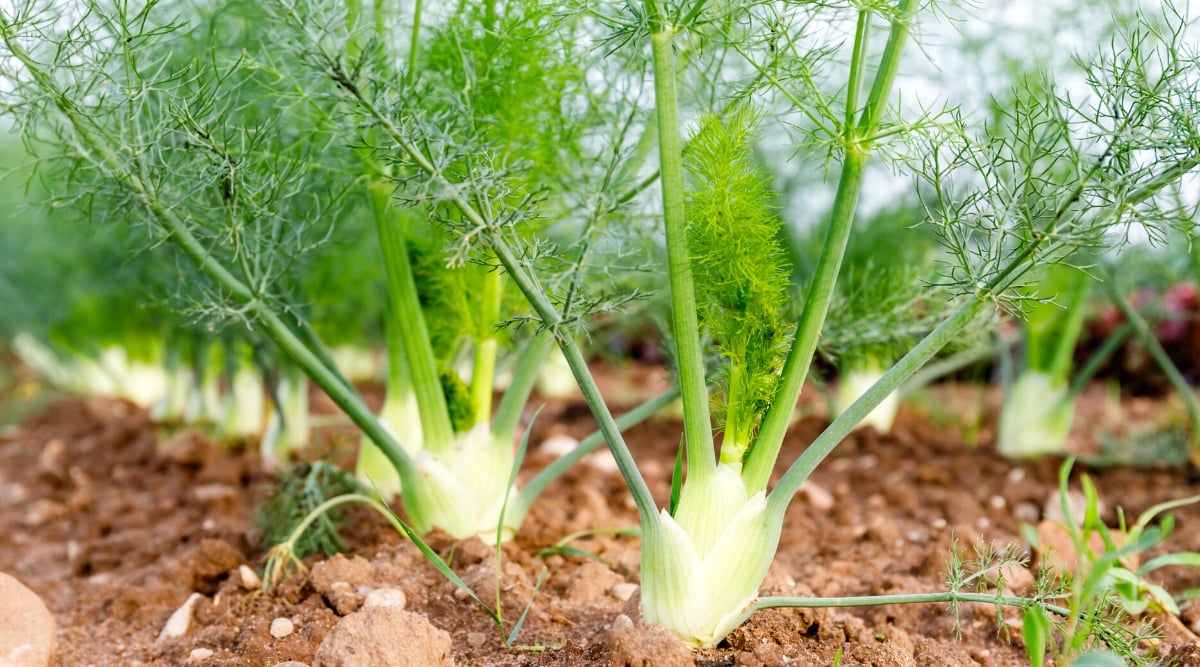

Fennel is an attention-grabbing plant — and as a rule, you’ll word it on a listing like this! Often, they painting fennel as a horrible companion.
Causes usually given are that it causes fully completely different vegetation to bolt, ruins their type, inhibits their progress, and even kills vegetation altogether by secreting a chemical from its roots that may set off fully completely different vegetation – a form of allelopathy.
The irony is that fennel could also be an unimaginable plant to cease tomato fruitworm and tomato hornworm, on account of it usually attracts in useful bugs that instantly assault these larvae. Tachinid flies/wasps are usually launched in by its flowers, notably, and these could very nicely be an unimaginable boon all through the yard! It’s furthermore a larval plant for butterflies and a usually good pollinator plant.
Is it truly allelopathic? Correctly… sure and no. Optimistic, it’s allelopathic, though most steadily, that’s in route of sure sorts of flowers or aggressive weeds. Most established tomatoes don’t have an issue with them, and lots of the fully completely different points solely apply to leaf lettuces or fully completely different inexperienced leafy vegetation.
Nonetheless in case you may be involved and have heard horror tales about planting fennel in your yard, you could wish to plant them in a close-by container or develop bag as a substitute.
Scorching Peppers
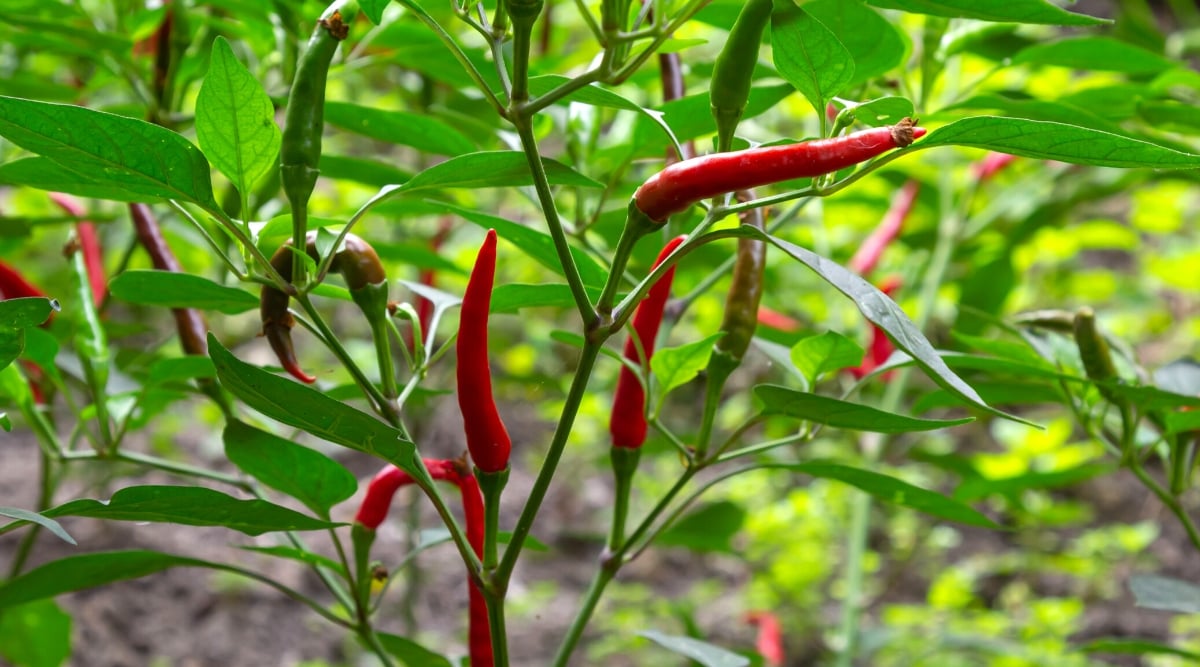

Scorching peppers and tomatoes would possibly go efficiently collectively in salsa, nonetheless by means of yard beds, they should be saved aside. Each are vulnerable to blight, which might assemble up all through the soil, so conserving these out of one another’s house is an environment friendly suggestion, long-term.
These vegetation furthermore share a typical yard pest. The tomato hornworm (Manduca quinquemaculata) is raring on the foliage of each vegetation, so inserting them collectively implies that each crops are affected if these guys present up.
This doesn’t counsel peppers can’t be good companions all through the yard. There are merely fully completely different vegetation that pair elevated with peppers in your yard beds.
Kale
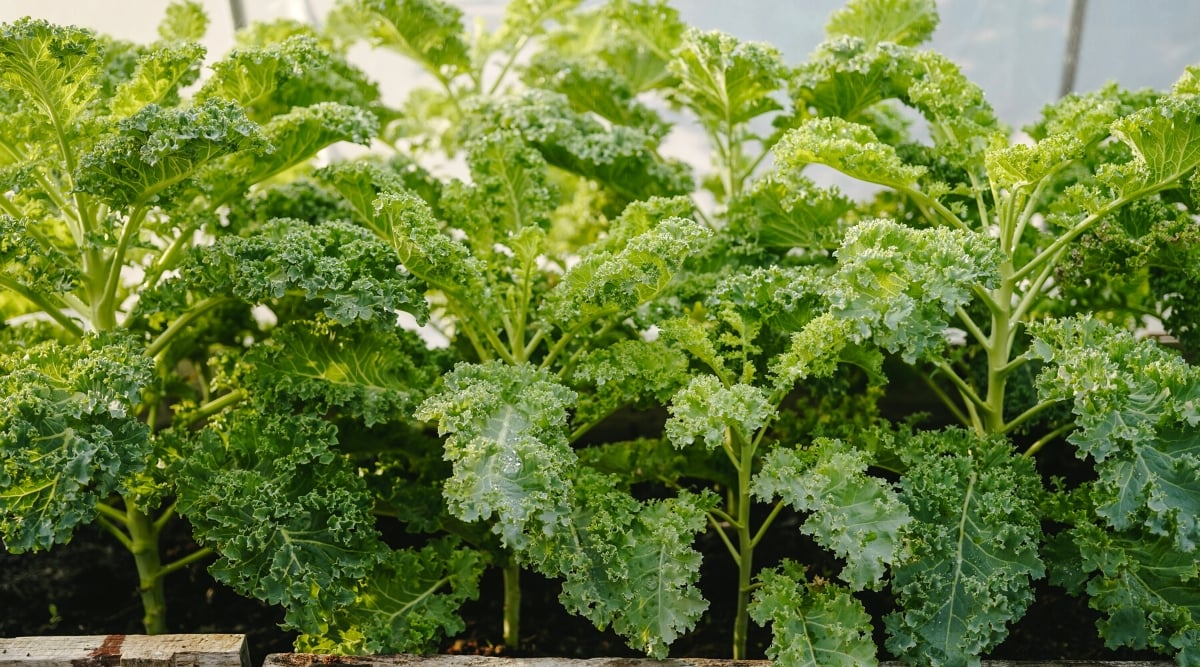

Usually, kale and nightshades make good companions. Kale and eggplant are buddies, and peppers work efficiently with kale, furthermore. Tomatoes, nonetheless, are vulnerable to develop fairly giant and they also moreover deplete various dietary nutritional vitamins. This causes kale to bear.
This isn’t a difficult and quick rule. The 2 can develop collectively within the occasion that they’ve the acceptable nutrient current. Inside the event you resolve to plant kale alongside alongside along with your tomatoes, keep in mind to current them a substantial amount of nitrogen-rich fertilizer.
As with fully completely different vegetation on this itemizing, kale has a substantial amount of fully fully completely different vegetation that make rather a lot higher companions all through the yard.
Kohlrabi
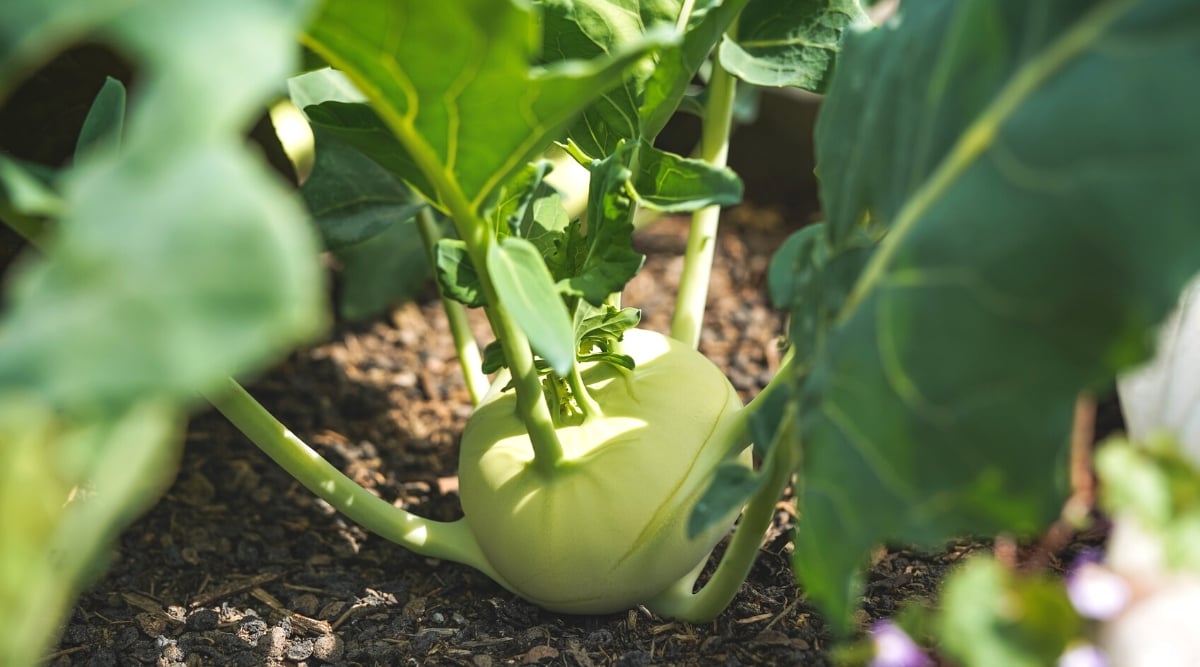

On account of kohlrabi is a brassica, it instantly turns into one completely different dangerous tomato neighbor. Inside the event you recall, these vegetation will compete with tomato vegetation for dietary nutritional vitamins, notably nitrogen.
These vegetation want not less than 3 toes of distance from one another all through the yard and will very nicely be elevated served by planting in separate beds altogether.
Potatoes
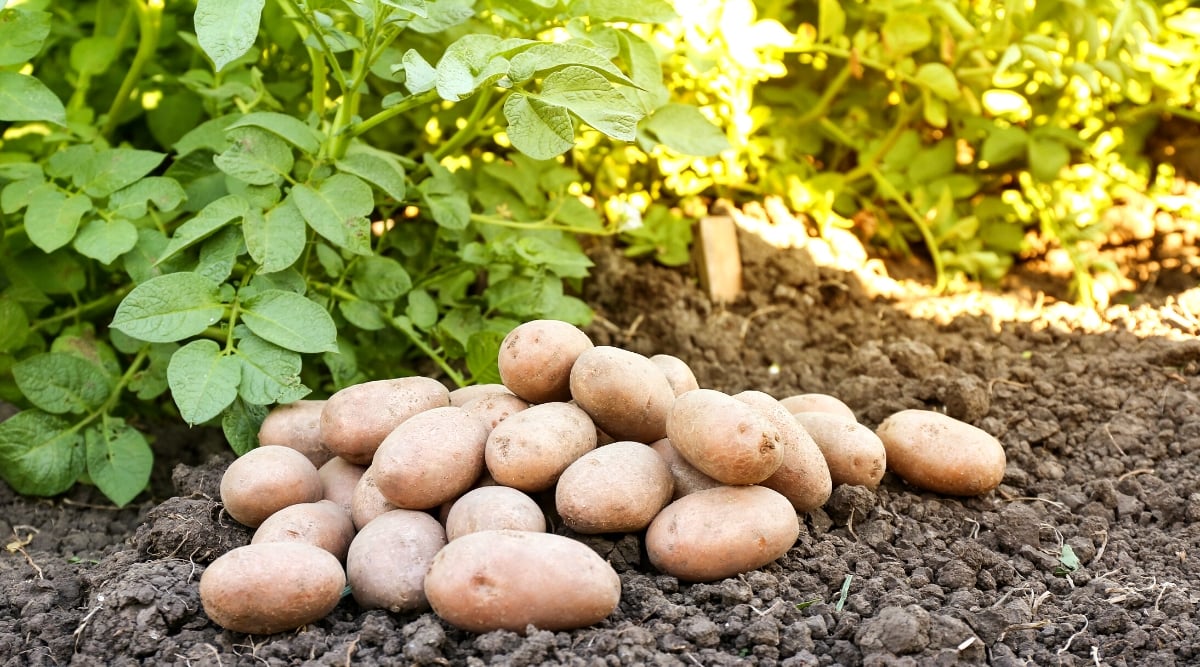

On account of potatoes are nightshades, they are going to compete with tomatoes for dietary nutritional vitamins. These two vegetation could possibly be vulnerable to the equal diseases, which means that when one is contaminated, you may be weak to lose each.
One completely different complication of potatoes as companions comes at harvest time. Digging up potatoes could set off injury to tomato roots. Complete, this isn’t a superb match.
Potatoes have many alternative companions that won’t solely income their progress nonetheless can subjectively improve their style.
Nonetheless, one exception to this rule is the “Ketchup And Fries” grafted plant. That is an uncommon tomato in that it’s solely a tomato on prime – it’s grafted onto a potato plant.
This Frankenstein-like plant can’t have each crops harvested instantly, nonetheless; you’ll have to attend till after you’ve canned your tomatoes they usually additionally’ve died as soon as extra to reap your spuds.
Walnuts
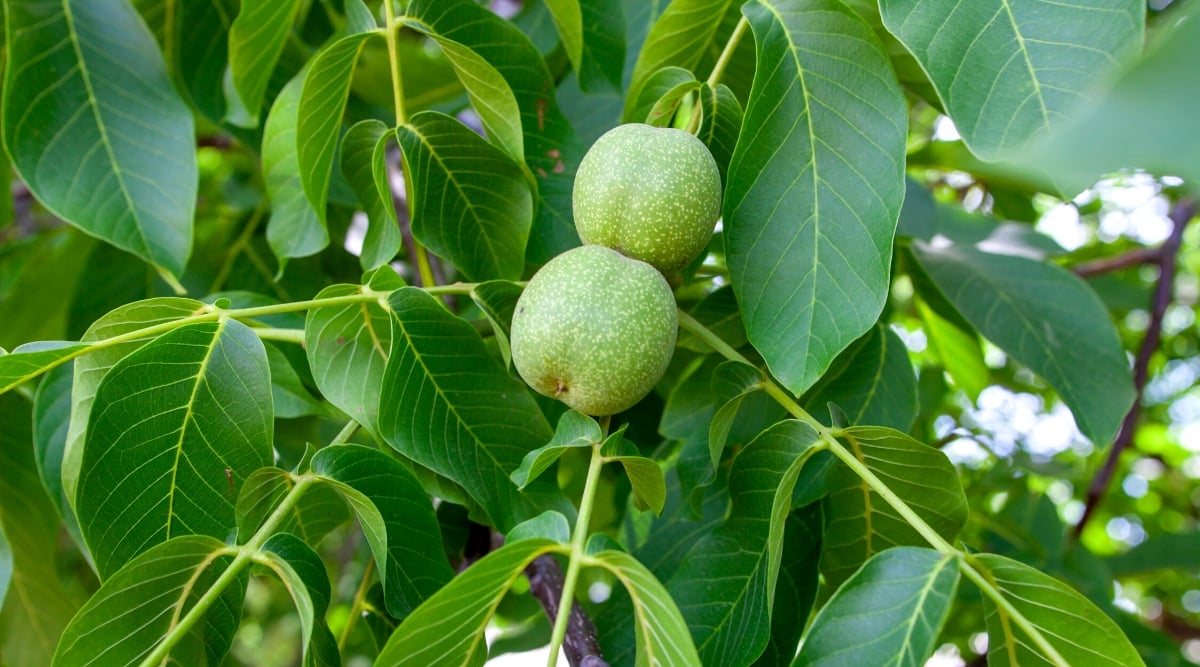

Walnuts, notably black walnut bushes, are usually cautioned in path of by gardeners, and there’s a superb motive: juglone. The black walnut tree secretes this naturally-occurring chemical by way of its roots primarily, though it’s furthermore discovered all through the walnut hulls and, to a lesser extent, all through the leaves.
Most of this happens all through the soil all through the tree’s root zone, and as likelihood is you will guess, a healthful black walnut has a reasonably sizeable root zone. Juglone is an allelopathic compound, which suggests it might more than likely prohibit plant germination or set off hurt to some youthful vegetation it makes contact with. (Nonetheless not all vegetation – some don’t even uncover it!)
Some solanaceous vegetation are terribly delicate to the juglone secreted by the tree, so it’s truly helpful to not plant tomatoes instantly beneath a black walnut.
Everytime you’ve acquired nowhere else to plant except for instantly beneath the walnut tree, use a raised mattress and select any hulls or leaves that drop into your mattress. Nonetheless, tomatoes like full picture voltaic, so planting them instantly beneath a tree is just not going to be your finest wager!
Juglone doesn’t persist all through the soil. It has a comparatively quick half-life all through the soil and any hulls, leaves, or chipped picket. If the plant supplies are finely chipped, hot-composted, after which aged for as rather a lot as six months ahead of use, there could possibly be no extra juglone all through the remaining composted provides, and it’ll be secure for yard use.
Nonetheless for people who don’t have a dependable scorching composting system, it’s greater than probably finest to deal with your tomatoes away from each the compost and the tree.
Ultimate Ideas
Companion planting can improve your harvest, improve soil top of the range, and enhance the flavour of your edible vegetation. Tomatoes income from many pairings, and notably, tons of herbs make good companions for tomatoes. Blissful planting!
[ad_2]
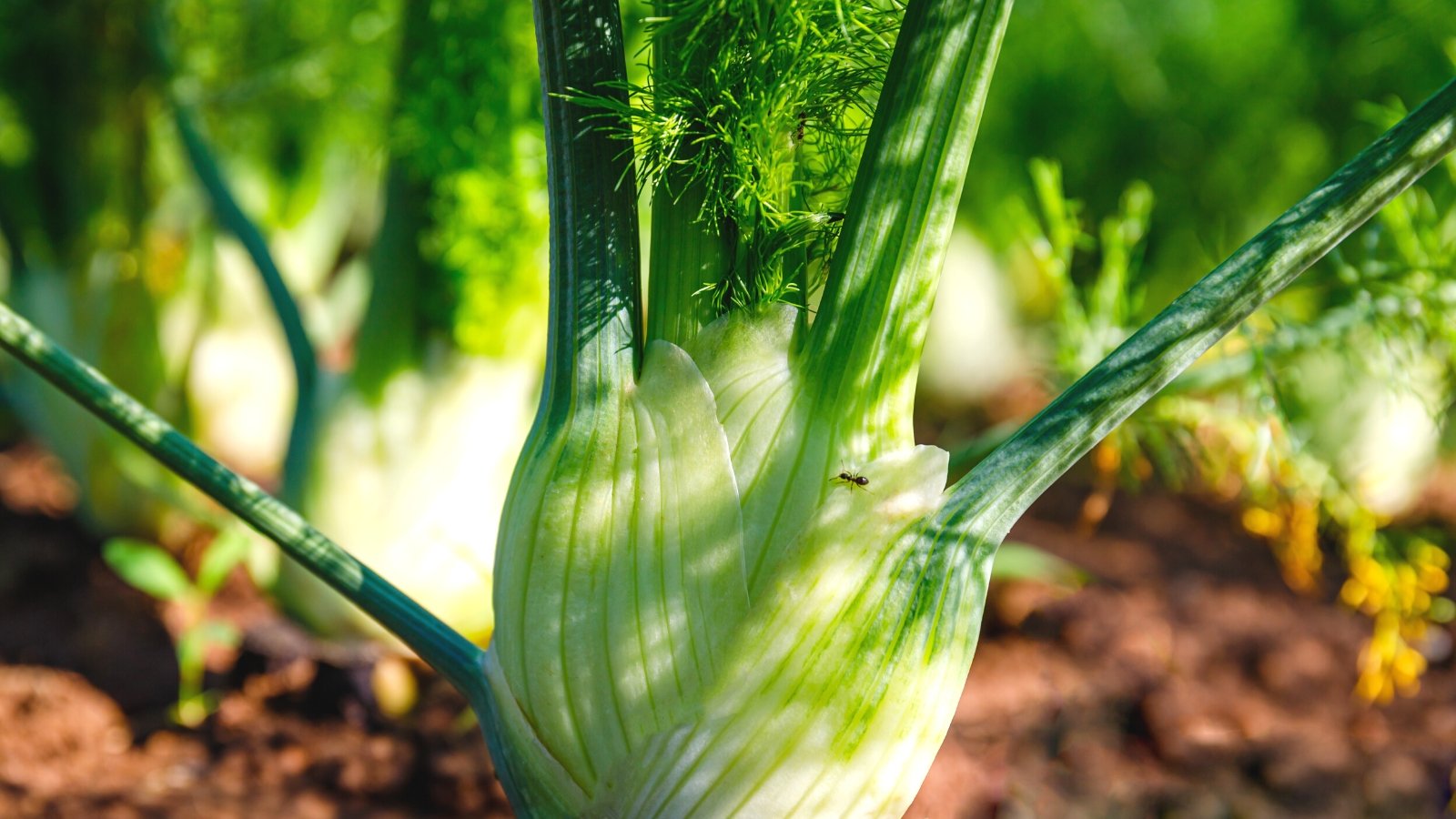
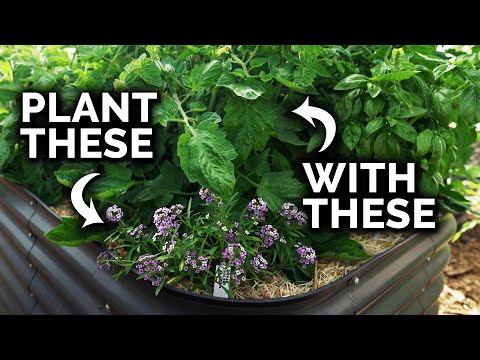
I appreciate the detailed explanations regarding which plants should be avoided near tomatoes. Understanding the science behind these relationships can certainly help gardeners make better decisions in their planting strategies.
This article sheds light on a crucial aspect of gardening that many might overlook. The emphasis on avoiding specific plant combinations, like tomatoes with brassicas, is particularly helpful for maximizing yields.
I found the information on companion planting quite enlightening. It’s surprising how some popular vegetables, such as broccoli and tomatoes, can negatively affect each other when grown together in the garden.
The insights on companion planting are quite useful for both novice and experienced gardeners. It’s fascinating to learn how certain plants can actually harm each other’s growth due to nutrient competition.
This article provides a comprehensive overview of companion planting. It’s interesting to see how different plants interact with each other, especially the information about tomatoes and their incompatible companions.